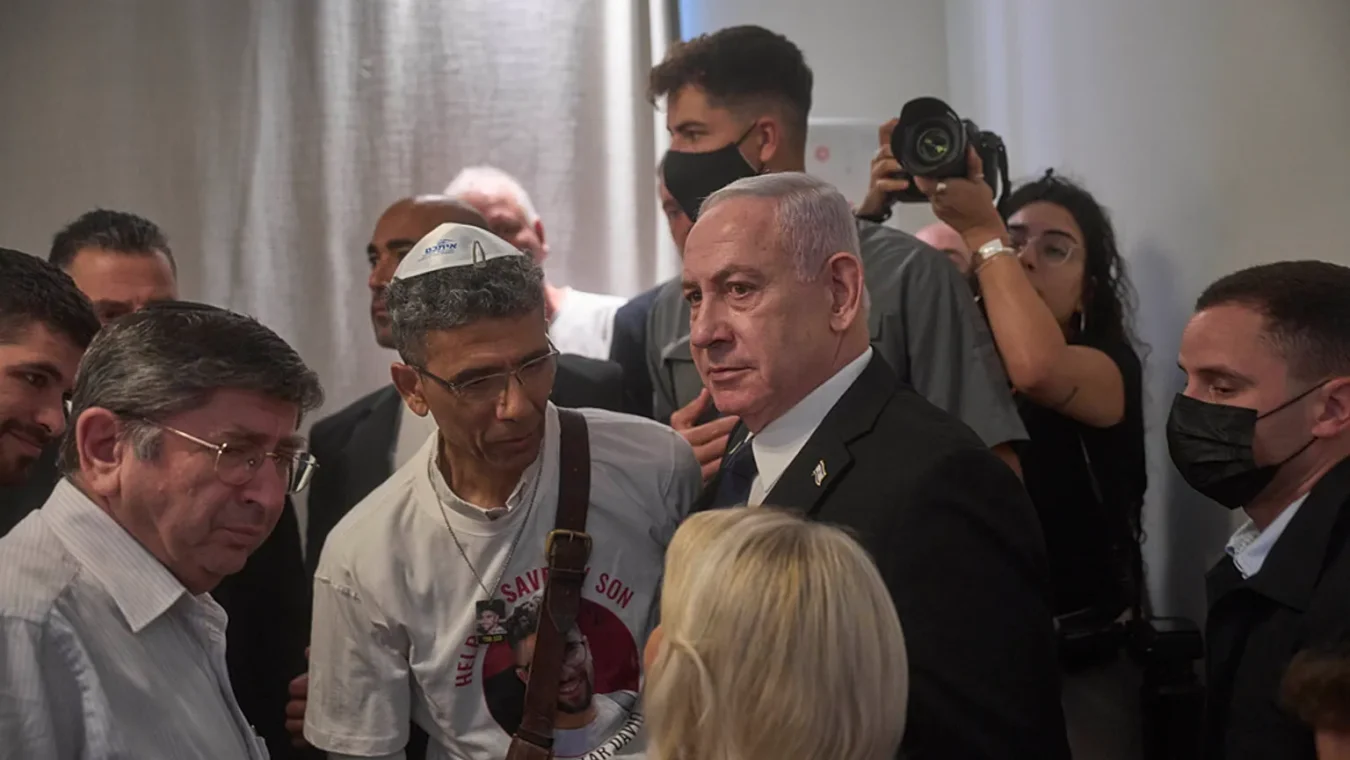The streets of Israel are echoing with a unified, desperate cry from thousands of citizens demanding their government act immediately to secure the release of hostages held in Gaza. In a powerful display of public sentiment, large-scale rallies swept across the country, with a central gathering at Tel Aviv’s Hostage Square, directly challenging Prime Minister Benjamin Netanyahu’s handling of the ongoing negotiations with Hamas.
The protests, which also included a separate significant Jewish-Arab anti-war demonstration, are a direct response to a proposed truce deal. The central plea from demonstrators and hostage families is for the government to accept the terms on the table to bring their loved ones home, accusing the Prime Minister of delaying tactics.
How Does the Proposed Hostage Deal Impact a Gaza Ceasefire?
The current framework, which Hamas has indicated it agreed to, outlines a potential path forward. The proposed deal would initiate a 60-day ceasefire in Gaza. During this period, Hamas would release 10 living hostages and the bodies of 18 slain captives. In exchange, Israel would release hundreds of Palestinian security prisoners. Critically, this initial two-month pause would be used to negotiate the terms for the return of all remaining hostages and a potential permanent end to the war. For the families of the 50 individuals still held, this represents a critical window of opportunity that they fear is closing.

The emotional weight of the protests was carried by family members like Liran Berman, whose brothers, Gali and Ziv Berman, were abducted from Kibbutz Kfar Aza on October 7, 2023. Berman’s statements to the press captured the prevailing frustration among the families, stating, “There is a deal on the table. But deals do not last forever; their windows close fast and hard.” He and other protesters hold a firm belief that Netanyahu is not fully committed to the negotiation process, with Berman adding, “He talks about negotiations, but in practice, he is sacrificing them.”
Netanyahu’s Stance and the Political Stalemate
Prime Minister Netanyahu’s public position appears to be at odds with the protesters’ demands. While he confirmed issuing instructions to negotiate for the return of all hostages, he has simultaneously moved toward approving military plans for an offensive on Gaza City. His conditions for a deal are comprehensive and extend beyond the immediate hostage crisis. Netanyahu has insisted that any agreement must include the complete disarmament of Hamas, the demilitarization of the Gaza Strip, and the transfer of governance to a body that is neither Hamas nor the current Palestinian Authority. This stance suggests a preference for a definitive military and political outcome over a phased humanitarian agreement, creating a significant stalemate in the negotiations.
The growing public demonstrations highlight a critical divide between the Israeli government’s strategic objectives and the urgent humanitarian demands of its citizens, placing immense pressure on Netanyahu to prioritize a deal that would finally bring the hostages home after a prolonged and painful captivity.
Must Know
What is the current Hamas hostage deal proposal?
The proposal Hamas agreed to involves a 60-day ceasefire. In return, they would release 10 living Israeli hostages and the bodies of 18 others. Israel would reciprocate by releasing hundreds of Palestinian security prisoners. This period would also be used to negotiate the release of all remaining captives.
What are Benjamin Netanyahu‘s conditions for a deal?
Netanyahu has stated that a deal must ensure the disarmament of Hamas, the demilitarization of the Gaza Strip, and the transfer of governance to a non-Hamas, non-Palestinian Authority body. He has indicated a preference for a comprehensive deal over a phased one.
Why are protesters in Israel accusing Netanyahu?
Protesters and hostage families accuse the Prime Minister of not being serious about the negotiations on the table. They believe he is “sacrificing” the hostages by prioritizing long-term military and political goals over an immediate deal that could secure their release.
Where were the main protests held in Israel?
The largest gathering occurred at Hostage Square in Tel Aviv. Additionally, simultaneous rallies took place in cities across the country, alongside a separate large Jewish-Arab anti-war protest.
iNews covers the latest and most impactful stories across
entertainment,
business,
sports,
politics, and
technology,
from AI breakthroughs to major global developments. Stay updated with the trends shaping our world. For news tips, editorial feedback, or professional inquiries, please email us at
[email protected].
Get the latest news and Breaking News first by following us on
Google News,
Twitter,
Facebook,
Telegram
, and subscribe to our
YouTube channel.



